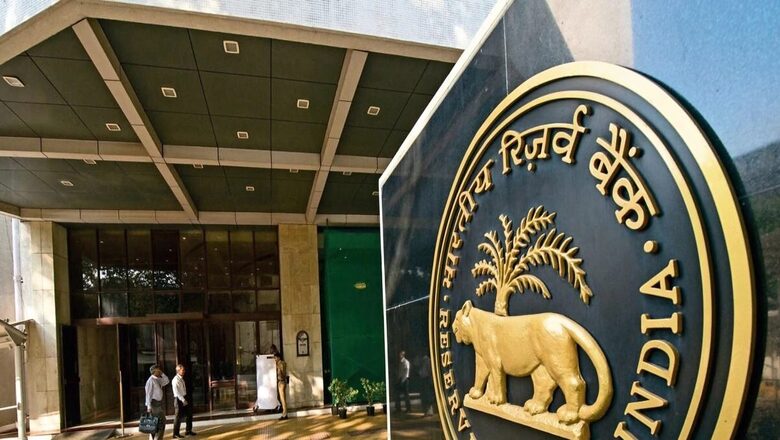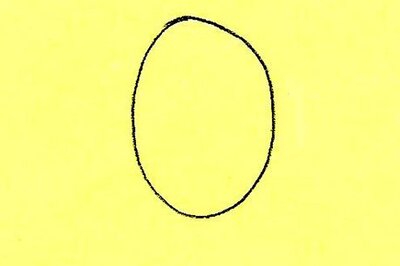
views
India’s CPI inflation in April has come near the RBI’s 4 per cent target and is well within the central bank’s upper tolerance limit of 6 per cent for the second consecutive month. Experts said the RBI MPC is again likely to go for the status quo in its monetary policy review in June 2023.
Suvodeep Rakshit, senior economist of, Kotak Institutional Equities, said, “We continue to pencil in the repo rate to remain unchanged for an extended period, subject to global growth prospects, central bank actions, and domestic growth prospects.”
He added that the April CPI inflation at 4.7 per cent is in line with expectations and benefitted from a favourable base effect similar to the March inflation print. Food inflation has been coming off mostly on the back of deflation in oils and vegetables (with a seasonal pick-up in prices visible). Core inflation at 5.1 per cent continued to fall sharply primarily due to base effects with sequential increases remaining relatively elevated at 0.6 per cent m-o-m.
The RBI is mandated to limit CPI inflation in the range of 2-6 per cent.
“Overall, the RBI will see this print favourably and remain on a pause in the June policy while maintaining a cautious outlook on inflation,” Rakshit said.
Aditi Nayar, chief economist and head (research & outreach) at ICRA, “The April 2023 CPI inflation eased to an 18-month low of 4.7 per cent, benefitting from the high base as well as cooler than normal temperatures, which delayed the seasonal rise in prices of perishable items.”
April 2023 was marked by above-average rainfall and lower-than-normal temperatures, which helped to keep prices of some vegetables under check. Notwithstanding the mixed month-on-month trends across food items, the YoY CPI food inflation is likely to remain subdued in May 2023 aided by the sustained high base (8 per cent in May 2022).
With El Nino expected to materialise only in the second half of the monsoon season as per the IMD, kharif sowing may not be impacted. However, any subsequent deficiency in monsoon rainfall could affect kharif yields and winter sowing, and thereby food inflation, which poses a risk to the CPI inflation trajectory.
“Although the impact of a favourable base effect related to the escalation of geopolitical conflict is likely to have peaked in April 2023, ICRA foresees the CPI inflation to remain range-bound at 4.7-5.0 per cent in May-June 2023. With a dip in the CPI inflation below 5.0 per cent and surprisingly subdued IIP growth, we foresee a high likelihood of a pause from the MPC in its next meeting. However, a pivot to rate cuts appears quite distant,” she said.
Nayar also said the timeliness and intensity of the monsoon onset would be known when the MPC meets at its next scheduled meeting in June 2023, which would feed into whether its CPI inflation projection of 5.2 per cent for FY2024 needs to be modified.
Month-Wise CPI Inflation Rates Since April 2022:
April 2022: 7.79 per cent
May 2022: 7.04 per cent
June 2022: 7.01 per cent
July 2022: 6.71 per cent
August 2022: 7 per cent
September 2022: 7.41 per cent
October 2022: 6.77 per cent
November 2022: 5.88 per cent
December 2022: 5.72 per cent
January 2023: 6.52 per cent
February 2023: 6.44 per cent
March 2023: 5.66 per cent
April 2023: 4.7 per cent.

















Comments
0 comment